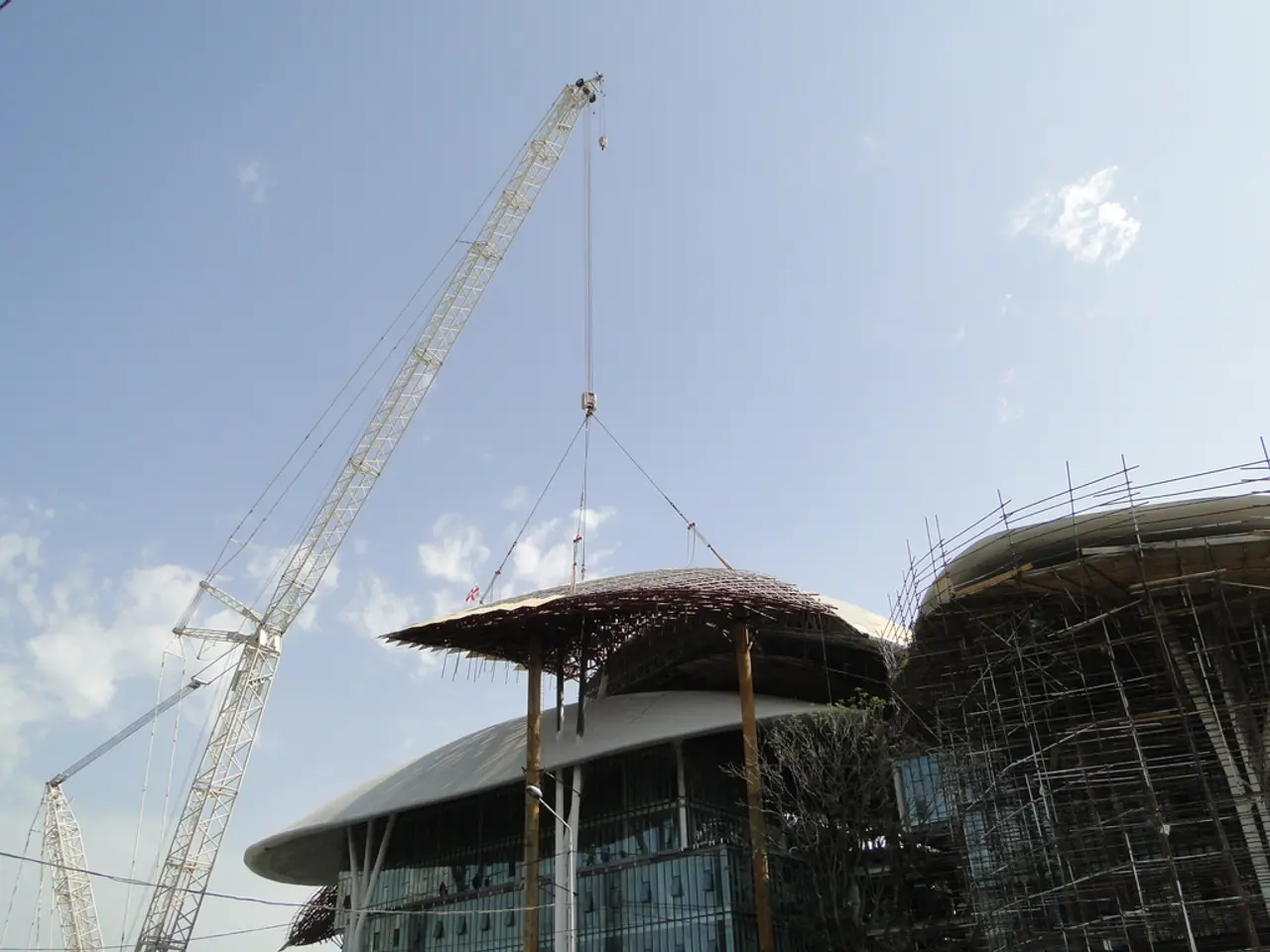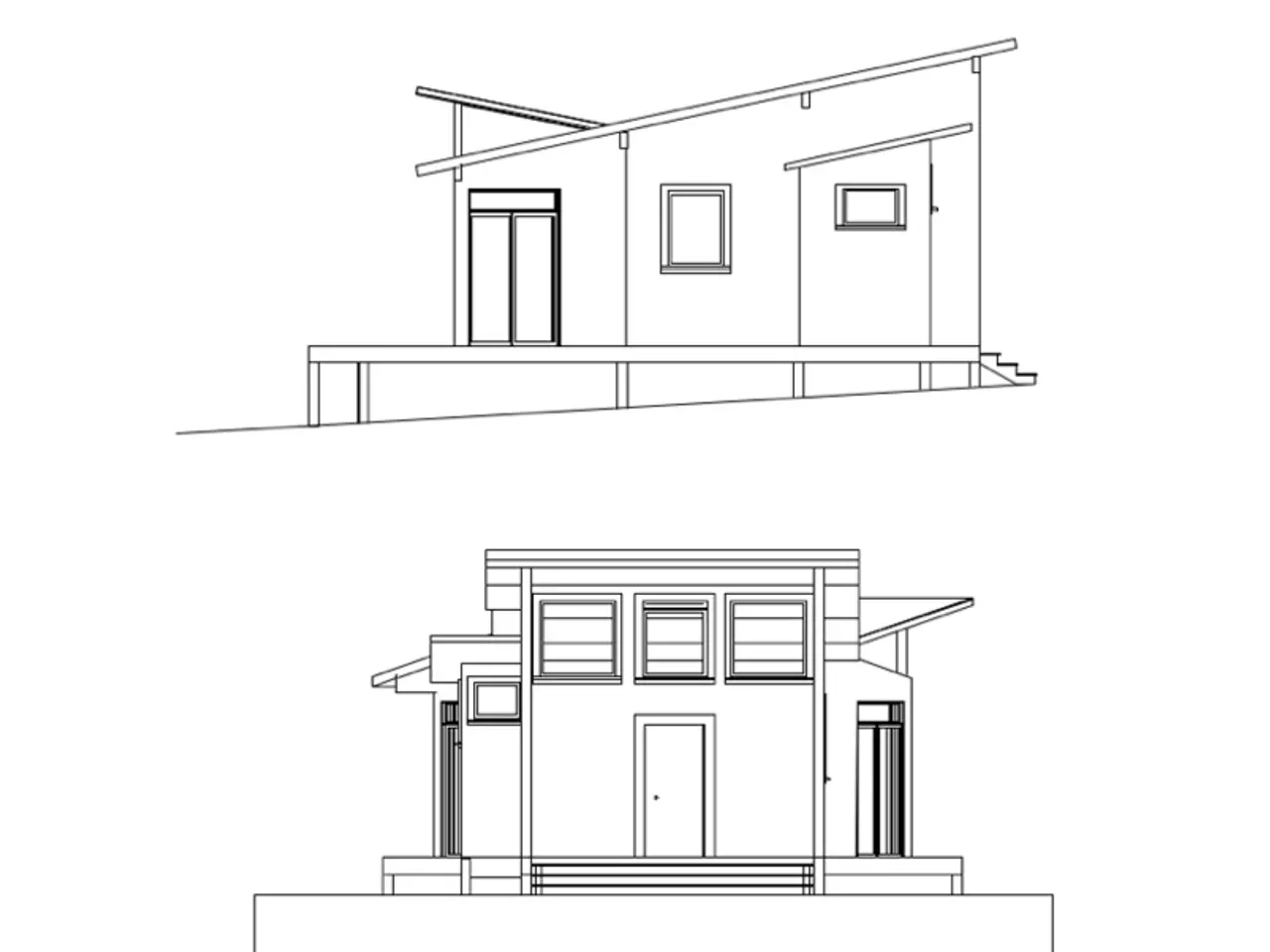Decrease in overall UK construction output observed, despite uptick in residential property development activities.
The UK construction sector experienced a contraction in June 2021, marking the sixth consecutive month of decline, according to the Purchasing Managers' Index (PMI) data. The overall PMI reading for June was 48.8, slightly improved from 47.9 in May but still below the 50 mark that separates growth from contraction.
Commercial construction activity declined at its fastest rate since May 2020, dropping to a PMI reading of 45.1. Subdued economic conditions and cuts to investment spending were cited as the main reasons for this slowdown. Civil engineering output also continued to weaken, with the sector performing worst at a reading of 44.2, reflecting reduced project opportunities and cautious client behavior.
New orders fell for the sixth month in a row, with a faster pace of decline than in May, driven by fewer tender opportunities, stronger competition, and client caution amid broader economic uncertainty. Employment levels dropped as companies reduced staff in response to weaker demand and cost control efforts.
However, the residential building sector, specifically house building, saw a modest rebound in June, with a PMI reading of 50.7, marking the first month of expansion since September 2020. This growth was attributed to the UK housing market enjoying higher activity ahead of the stamp duty threshold for first-time buyers going down at the start of April.
Despite this positive development, the contraction in the construction sector was largely caused by economic uncertainty leading to reduced investment and demand, particularly in commercial and civil engineering projects, coupled with rising input costs and cautious client behavior. Higher purchasing costs for materials such as concrete, insulation, and timber also contributed to tightening margins and slower activity.
The UK's construction sector's business optimism reached its lowest level in 2.5 years, signaling fragile confidence among firms and clients due to the uncertain economic outlook. Income growth remains reasonably strong, which should support a continued recovery in the housing market over the next year.
Thomas Pugh, chief economist at RSM UK and Ireland, believes there are probably two more interest rate cuts to come in the second half of the year, which could help to stimulate economic growth and potentially benefit the construction sector. However, the sector will need to navigate the challenges posed by economic uncertainty, rising input costs, and cautious client behavior in the coming months.
In the current economic climate, some individuals might consider investing in mortgages to seize the opportunities in the slightly rebounding residential building sector, specifically house building. However, the contraction in the construction sector, primarily driven by commercial and civil engineering projects, has led to a surge in input costs for materials like concrete, insulation, and timber, causing tighter margins and slower activity. On a brighter note, sports enthusiasts may find this an opportune time to invest in property insurance, given the increased expenses and potential risks in the sector.







